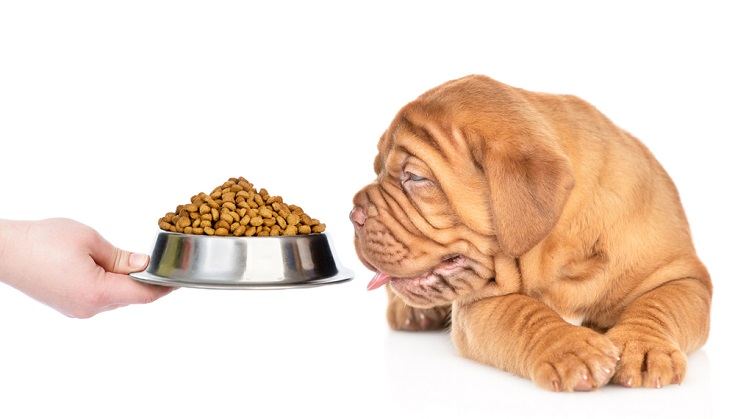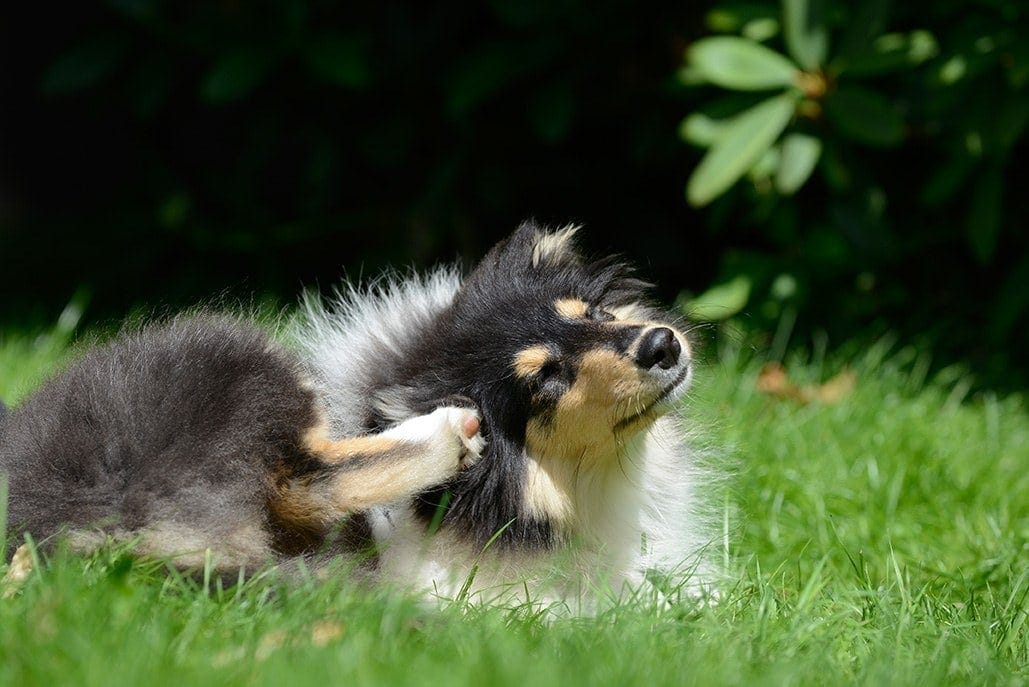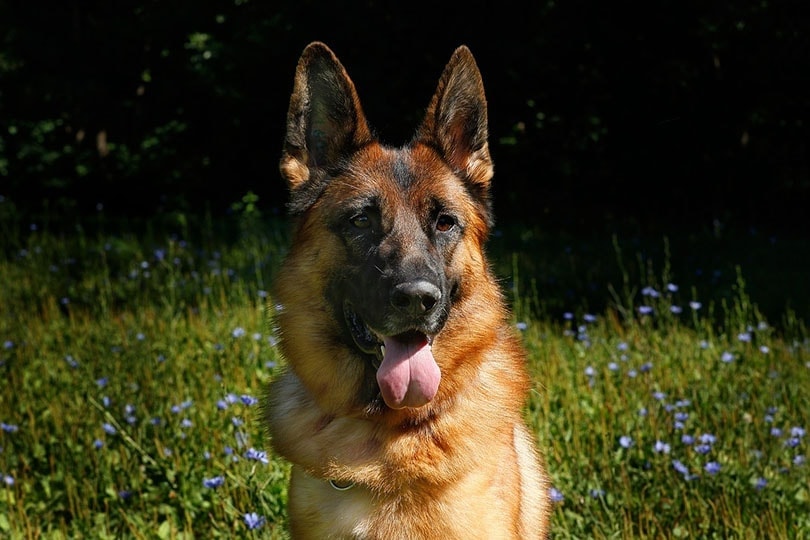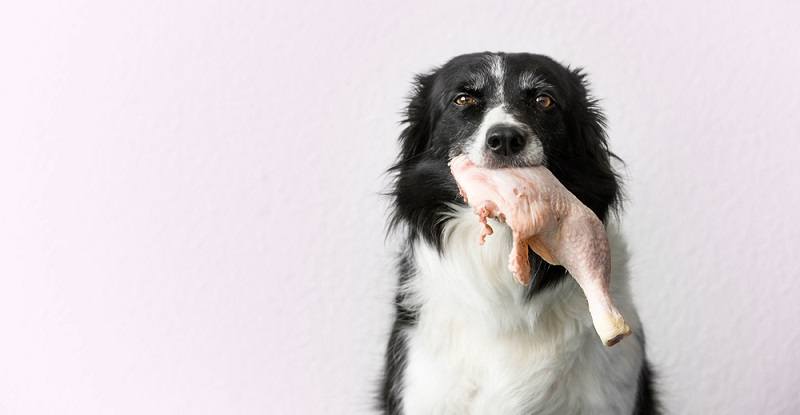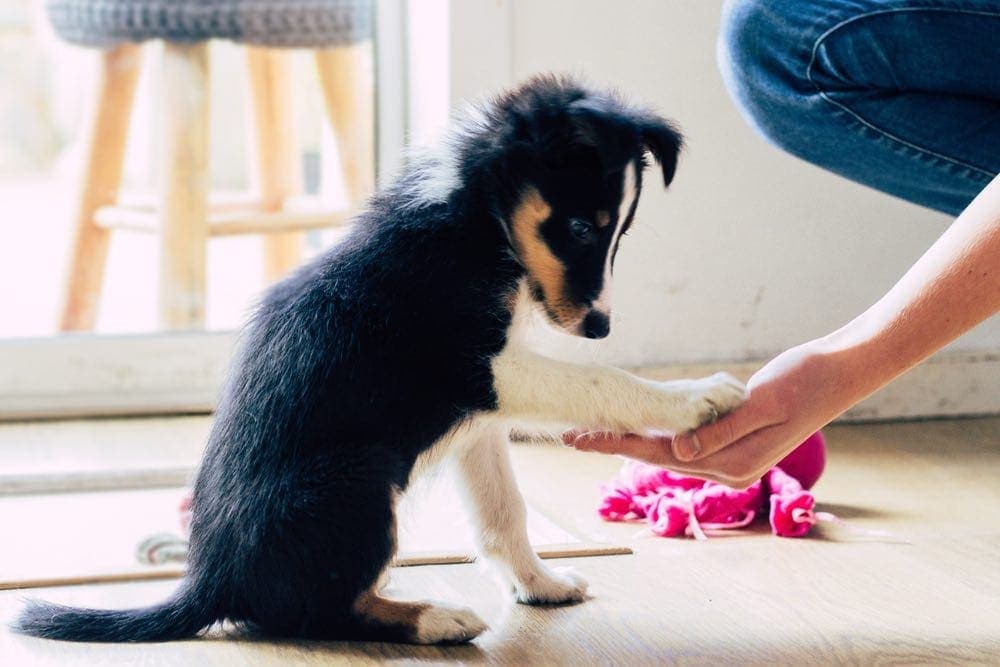Getting a new puppy can bring a lot of joy to your household. These cute little furballs can bring out the best in us. It’s almost second nature to give them the best care we can offer.
However, one of the first things a new dog owner needs to learn is how to feed their new puppy.
For most people, puppy chow is the first thing that comes to mind. During their younger years, pups need a special formula of vitamins and minerals to ensure that they grow to be healthy dogs.
But what happens when your little tyke outgrows puppy food? And when does that occur?
In this article, we’ll go over what makes puppy food essential for young pups, the proper ways of feeding your little one, and when they can stop eating puppy food.
You should transition your dog to adult food when your dog reaches adulthood. Depending on the breed, your dog may mature between 9 months and 2 years. Follow your veterinarian’s advice on your dog’s ideal diet.
Why Puppy Food is Vital for Young Dogs
Puppy food plays a vital role in a dog’s proper development. Your puppy needs food that contains a high number of calories and is dense in nutrients during their growing years. This is what helps them become big and strong dogs.
If they don’t get the right kind of food, they could develop health issues down the line. Fortunately, your vet will most likely recommend a specific brand of puppy food that suits their specific breed.
But if not, the general rule is to opt for the highest-quality brand you can reasonably afford. Do your best to stay away from the discounted dog food commonly found at big-box grocery stores.
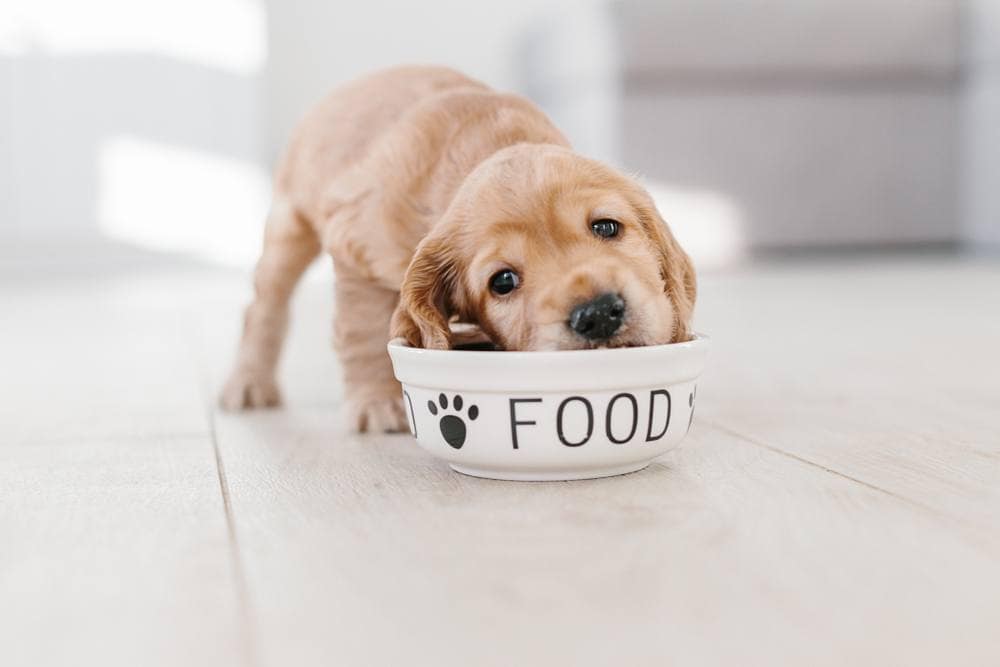
The number one rule when shopping for puppy food is to read the ingredients label. You should find that real meat products and healthy veggies are listed as the top ingredients. Less desirable brands typically have corn or other fillers as primary ingredients. The protein content is also normally much lower and of poorer quality than that of premium dog food.
And that’s not good at all.
Your puppy needs food that is high in protein and calcium to support optimum growth. So, be sure to keep this in mind when hunting for the best puppy food.
How Much Puppy Food Does Your Dog Need?
Determining how much puppy chow your dog needs can be a bit tricky. Puppies don’t just slowly become big dogs. They experience massive growth spurts on a week-by-week basis.
So, a puppy eating only half a cup of food one week may graduate to a full cup the next!
This is dependent upon several factors including your puppy’s size and breed. Typically, this process of feeding your pup more and more continues until their fifth month. After which, their appetites tend to stabilize. However, this is still breed-dependent.
For example, Labrador Retrievers never outgrow their propensity to eat everything in sight. However, it’s an endearing trait most owners come to love.
Smaller breeds are often much more reliable when it comes to developing self-control when eating. Often, they will stop eating when they are full and satisfied.
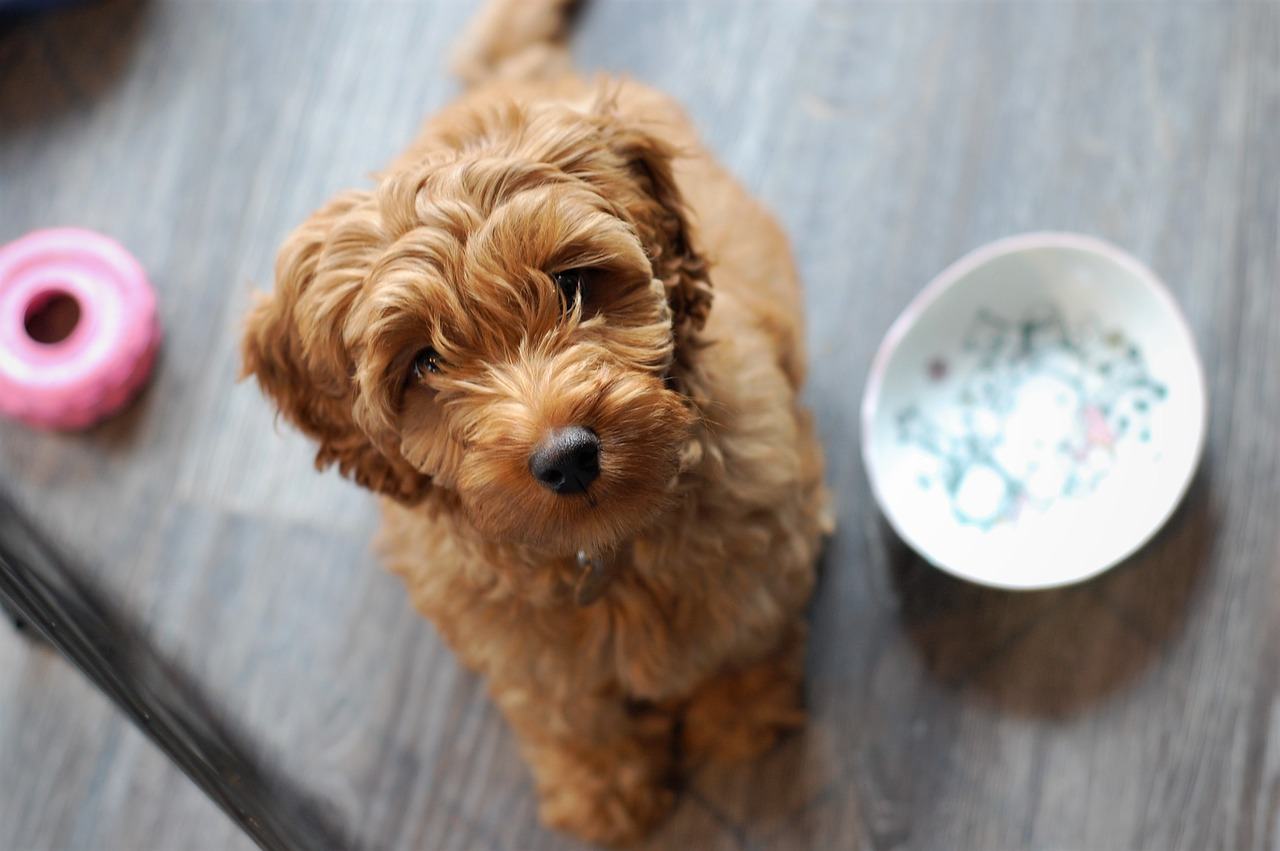
However, large dog breeds tend to be overeaters, which is why they need to be kept on a consistent feeding schedule with portion control in mind.
One way to check if your pup has had enough food is by examining its ribs. If you can feel the rib cage but not see it, it means they’ve had enough.
Don’t keep feeding them until they start looking like a furry slug.
But if you do accidentally overfeed your dog a time or two, don’t worry. Just take them for a long walk to burn all those calories — after they’ve awoken from their food coma.
If you spay or neuter your puppy —which we strongly recommend unless you’re planning on breeding — you’ll find that feeding time becomes a bit more complicated. Generally, your puppy’s energy level will decrease right after surgery. The amount of food they should eat needs to be adjusted to avoid health problems. It’s best to consult with your veterinarian on how much you adjust your pup’s diet as per a post-surgery recovery plan.
When Your Dog Can Stop Eating Puppy Food
Deciding when to make the swap over to an adult diet depends on each puppy. If you notice your puppy is starting to skip meals or show signs of being picky, it might be time to switch.
A dog’s metabolism changes as it gets older. For older dogs–or those ready to make the transition–the higher calories that are present in puppy food will make them feel fuller faster.
So, if you see your dog not eating as much as it used to, don’t panic. It could just mean they don’t need all those extra calories anymore and are ready for an adult diet.
Now, if you notice your dog isn’t eating properly or failing to gain the proper weight, you’ll want to consult your vet. These can be signs of a more serious problem.
And although puppy food is packed full of calories, continuing to feed your adult dog puppy food can lead to malnutrition. This is because older dogs require higher vitamin and mineral levels than puppies. Puppy food continuation usually results in obesity coupled with joint problems.
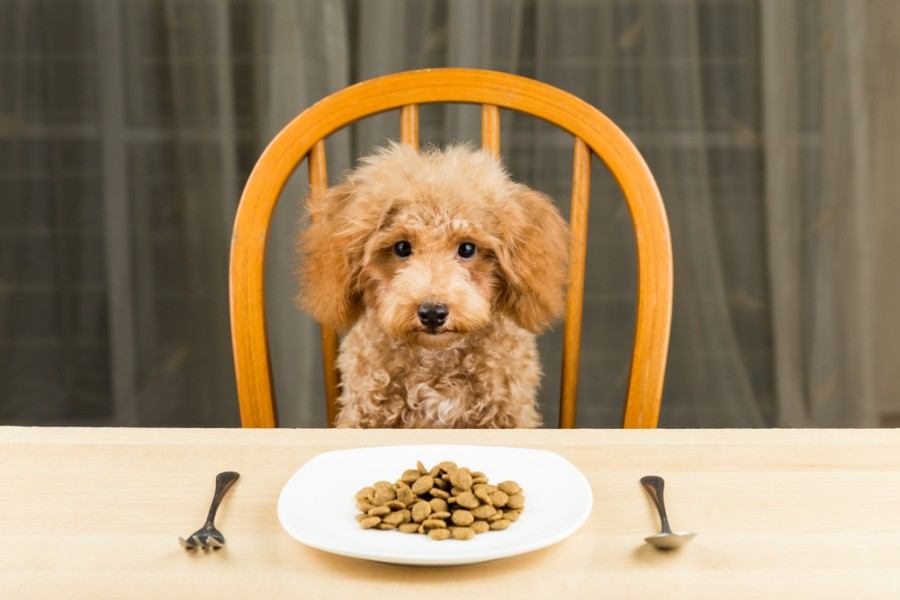
However, you need to keep in mind that the “puppy stage” lasts different lengths of time for different breeds. Some breeds just take longer to physically mature. Generally, smaller dogs take an average of 9 months to physically mature while bigger dogs can still be considered puppies at 2 years old.
Making the Switch to an Adult Dog Diet
If you feel that it’s time to transition your puppy to an adult diet, you should first consult your vet. They’ll be able to best tell you when your particular pup is ready to go. But once they give the green light, it’s important to make a gradual transition.
You can do this by mixing a small amount of adult food into the puppy food increasing day by day until no puppy food is left. At this point, your dog will have stopped eating puppy food entirely.
This transition will help your dog’s metabolism slowly adjust to the nutrients and calorie amount that is present in the new formula. It also helps to prevent any gastrointestinal issues that may arise.
Featured Image: Ermolaev Alexander, Shutterstock

